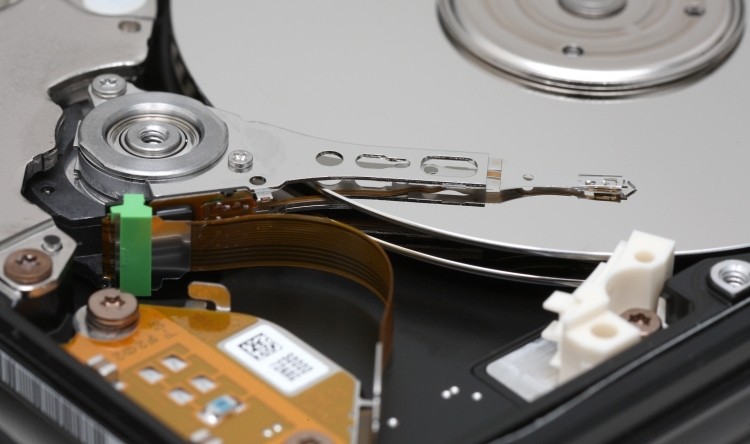
Western Digital's HGST subsidiary has been hard at work developing a brand new helium-filled hard drive, today announcing that the drive has begun shipping. The 6-terabyte Ultrastar He6 is the first of its kind, which sees the disk platters sealed inside a helium-filled (rather than air-filled) chamber, bringing a range of improvements.
Firstly, helium is approximately one seventh the density of air, which helps reduce the turbulence caused by the spinning disks and read-write heads. This in turn allows the hard drive to operate more efficiently, reducing power consumption and heat output; HGST claims the drive consumes 23% less power at idle than a standard 3.5-inch 4 TB drive, and operates 4-5°C cooler.
Secondly, the addition of helium has allowed HGST to cram more platters into the drive. Before today, air-filled hard drives topped out at 4 TB over five platters, however the Ultrastar He6 ups that to 6 TB across seven platters, while reducing the weight of the unit by 50 grams.
Despite increasing pressure from the solid state market, hard drives still offer the best capacity per dollar, and Western Digital wants to keep it that way. The company is looking into combining helium-filled hard drive technology with shingled magnetic recording, and other forms of increasing areal density, to push the capacity of hard drives well beyond the 6 TB seen in the Ultrastar He6.
Until then, we'll just have to make do with the Ultrastar He6, which is now available for enterprise customers at an unspecified price.
https://www.techspot.com/news/54561-western-digital-packs-helium-into-new-6-tb-hard-drive.html